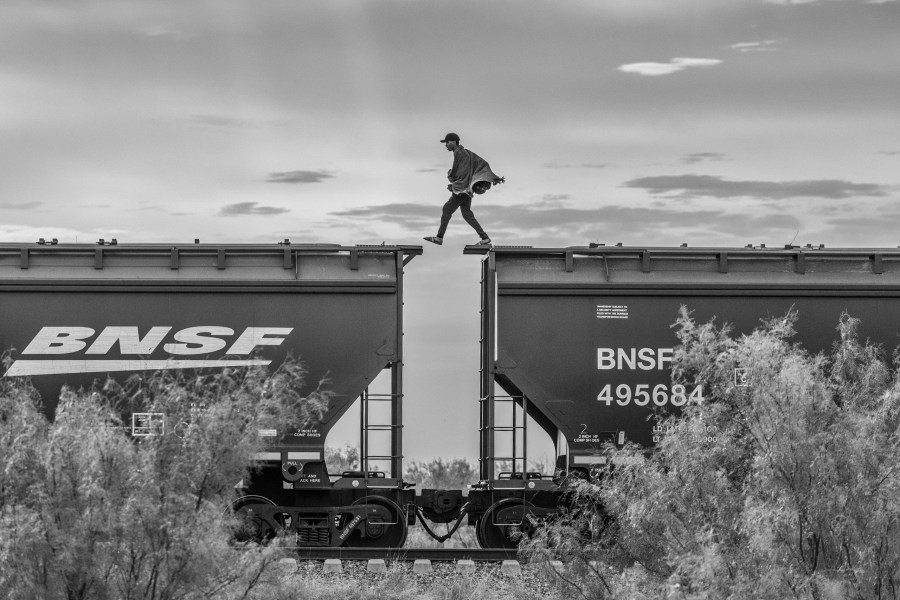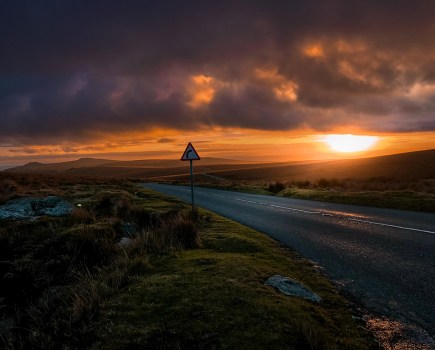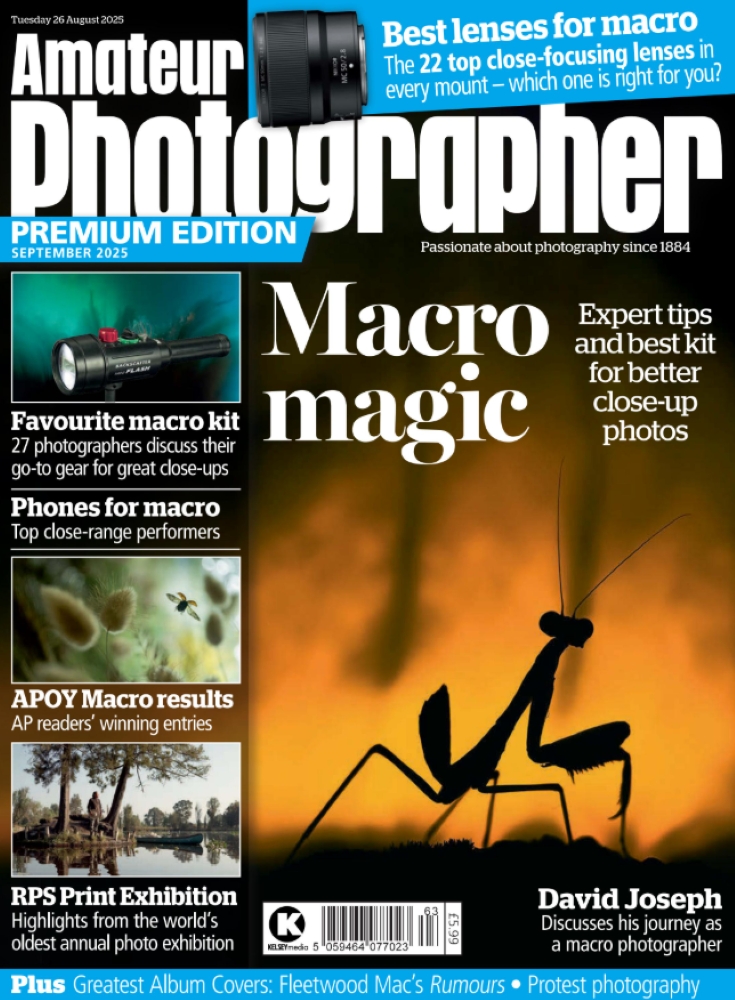From the perilous crossings of the US–Mexico border to the frozen tensions of Transnistria. Two photographers capture the human cost of division in this year’s Leica Oskar Barnack Awards.
Two photographers, two very different journeys. As Leica celebrates a century of image-making, the 2025 Oskar Barnack Awards honour Alejandro Cegarra’s searing study of migration and Serghei Duve’s intimate meditation on memory and identity.
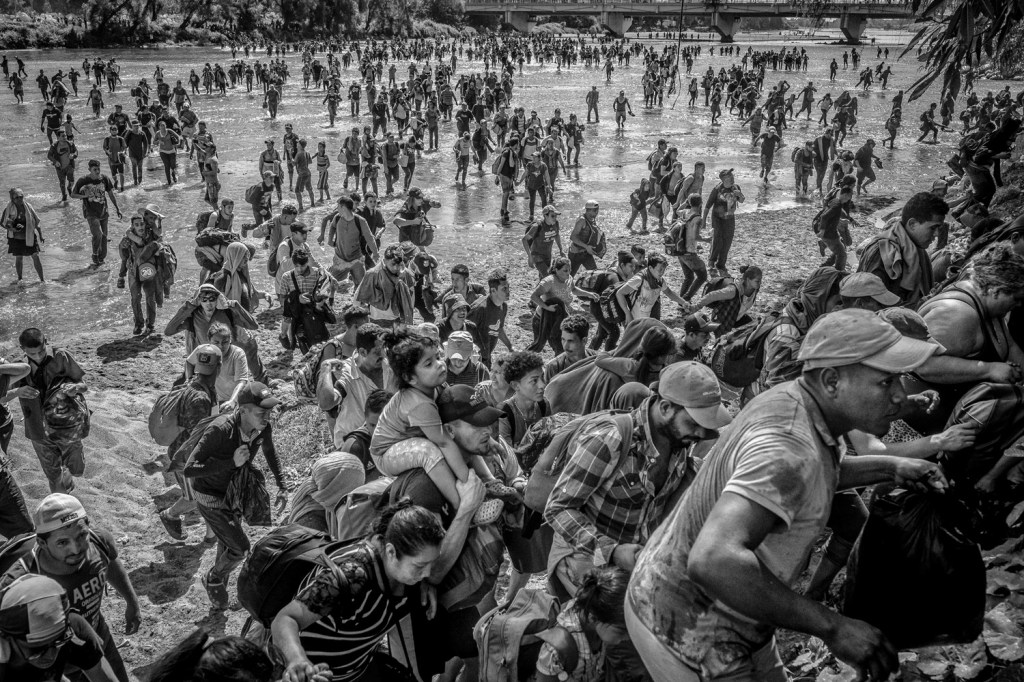
When Alejandro Cegarra first picked up a camera in his native Venezuela in 2012, he could hardly have imagined that a decade later he would become the first photographer in history to win both categories of the prestigious Leica Oskar Barnack Award (LOBA). On 9 October 2025, inside Leica’s headquarters in Wetzlar, Germany, Cegarra was named the Main Category winner for The Two Walls, a searing yet empathetic chronicle of migration along the US–Mexico border. German photographer Serghei Duve received the Newcomer Award for Bright Memory, an intimate exploration of family and contested identity in Transnistria, the breakaway territory between Moldova and Ukraine.
Now in its 45th edition, the LOBA remains one of documentary photography’s most coveted honours. This year’s ceremony formed part of Leica’s centennial celebrations, marking 100 years since the debut of the revolutionary Leica I camera. More than 300 series, nominated by around 120 photography experts across 50 countries, were considered. The prizes carry significant weight: €40,000 and Leica equipment for the main winner, and €10,000 plus a Leica Q3 for the Newcomer.
The two walls
Cegarra’s winning series is the culmination of seven years of work and more than 35,000 photographs taken along Mexico’s northern frontier. Once a haven for refugees, Mexico has increasingly tightened its border enforcement in cooperation with U.S. anti-immigration policies. Against this shifting political backdrop, Cegarra set out to portray not policy but people.
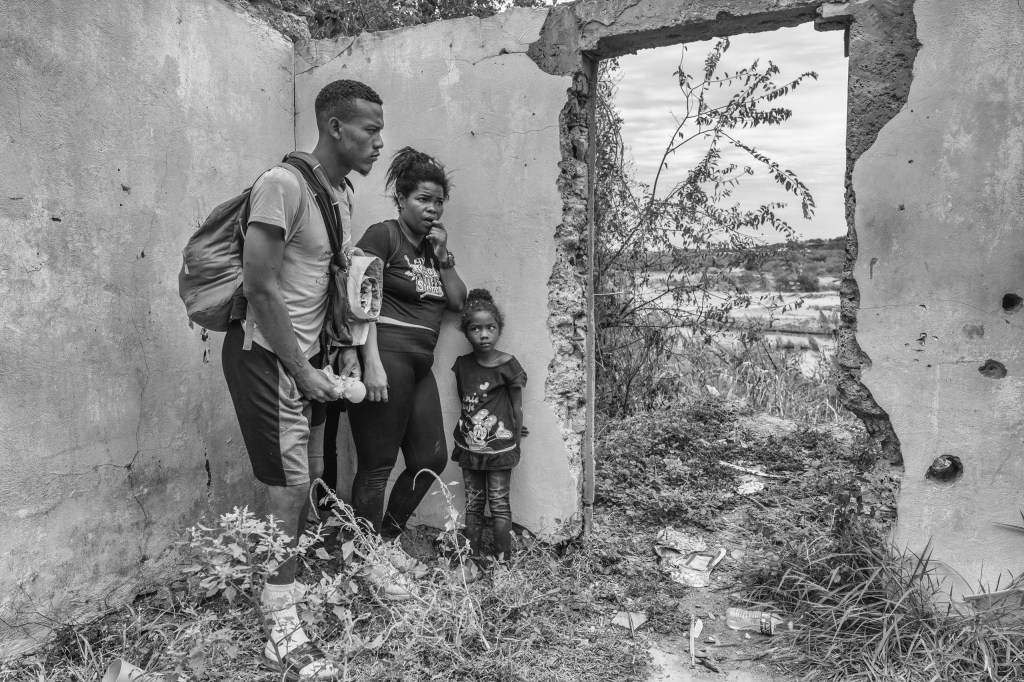
’I was looking for a humanitarian and balanced narrative,’ he explains of the painstaking edit that distilled tens of thousands of frames to the 20 images submitted to the LOBA jury. ’The pictures had to be striking, but at the same time, close to the humanity of the person in them. It was a fine balance to reach.’
Working in black and white is ‘like talking in Spanish, it is natural to me,’ he says. Cegarra captures migrants and their families enduring harsh conditions. ‘There’s a lot of despair, rage, sadness,’ he reflects, ’but also a lot of love, complicity, solidarity, and resilience. I want my camera to be a bridge, not a shield from those emotions.’
Building bridges
That bridge extends beyond the lens. ’Every photographer needs to have a support network,’ he notes. ’Sometimes, disconnecting from the story is not possible, and it’s when the people around you, who care and love you, come into the picture. Photography is a lonely profession, but the reality is that there are more people involved sustaining you emotionally.’
Cegarra began photographing The Two Walls in 2018, commuting between the Mexican and U.S. sides of the border until January of this year. Over time, his perspective evolved. ’Borders are naturally sketchy places, and I don’t like them,’ he admits. ’But I learned to love the people on the borders, and the ones who transit them. I just feel like home, danger included.’
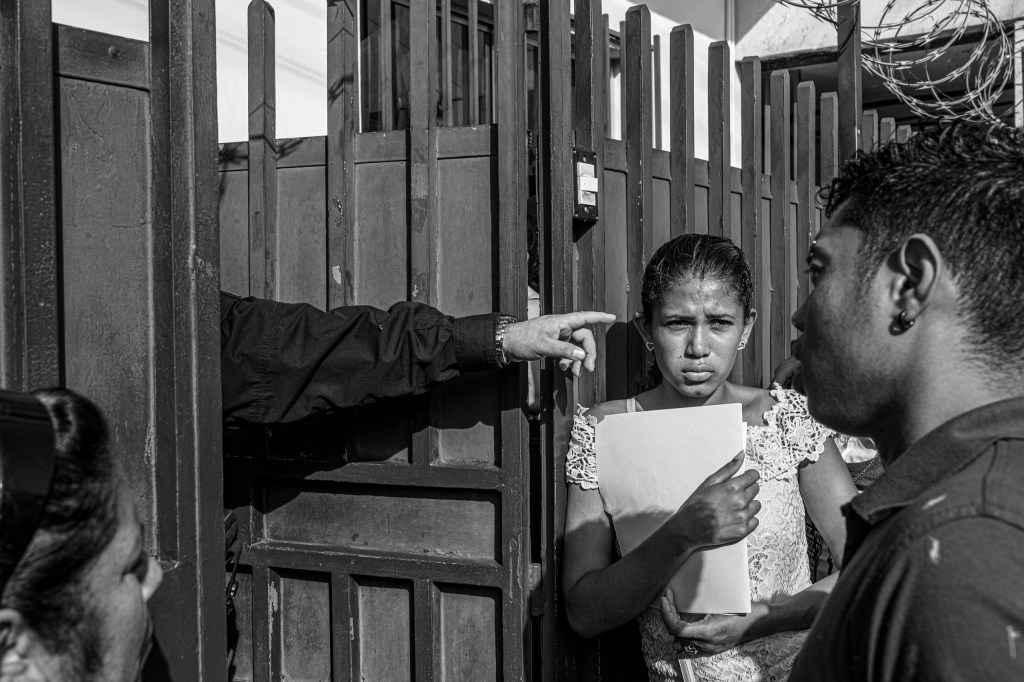
Economic collapse
The project is deeply informed by Cegarra’s own migratory experience. Born in Caracas in 1989, he grew up amid Venezuela’s economic tumult before relocating to Mexico in 2017. ’Being born and growing up in a collapsing country gave me the endurance for my long-term projects… but in my family, the empathy towards others was a fundamental part of our education. So it doesn’t matter the topic, there’s always empathy.’
That empathy guided his approach to photographing people in distress. ’I don’t want to be part of the landscape of trauma,’ he stresses. ’It is just a lot of talking, fewer pictures. I imagine a family member in that position and the way I would hope a stranger would approach and hear her. I don’t want the sound of my camera to trigger anyone in the future.’
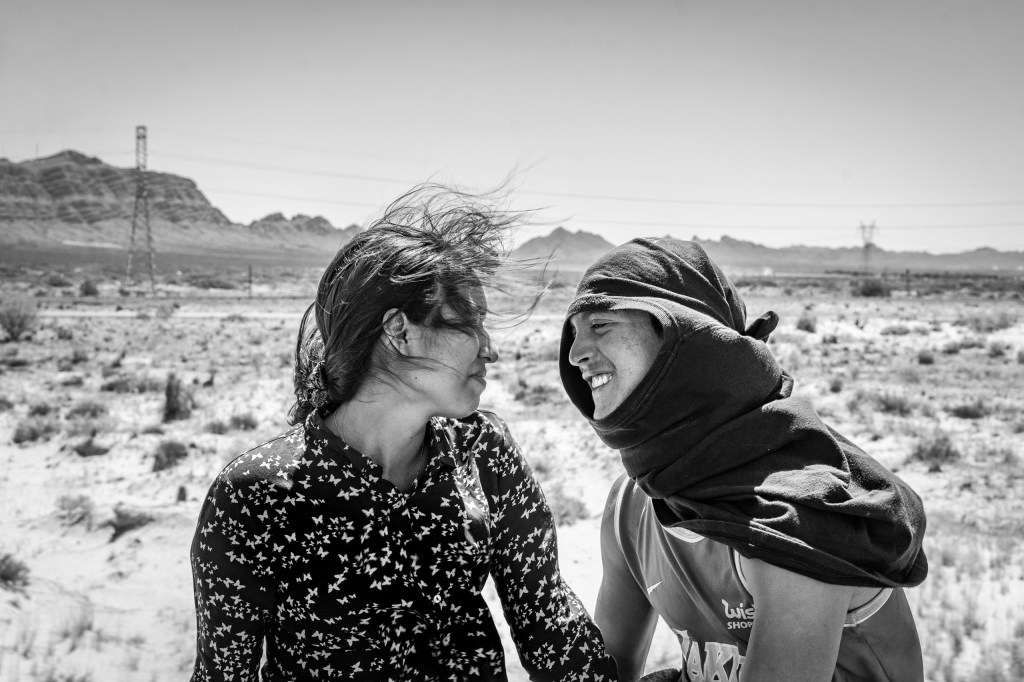
For Cegarra, the award is not merely a career milestone, though it certainly is. He won the LOBA Newcomer Award in 2014 for The Other Side of the Tower of David, his inside look at squatters occupying an unfinished skyscraper in Caracas. Returning a decade later to claim the main prize is unprecedented. ’I feel honoured on so many levels, proud as well, but mostly I feel grateful,’ he says. ’It has been a decade of sacrifices and trying to be constant, with a lot of doubts along the way. I always said, I just want my pictures to outlive me, and perhaps with this recognition, they will.’
The camera and migration
In an era when migration is often reduced to numbers and political talking points, Cegarra believes photography retains a vital function. ’Photography can transmit a sense of emergency, a call for help, and a change; sometimes it doesn’t achieve it, but we always have to try.’
His hope is that The Two Walls sparks conversations about more humane migration and asylum policies. ’This is my scratch in the flow of time, like carving in a wall – this is what I saw on my time on this earth,’ he reflects. ’Humanity has been moving for hundreds of thousands of years. Now that we have trains, planes, cars, ships, we can’t expect that we stop moving. It’s unrealistic. Migration can’t be stopped.’
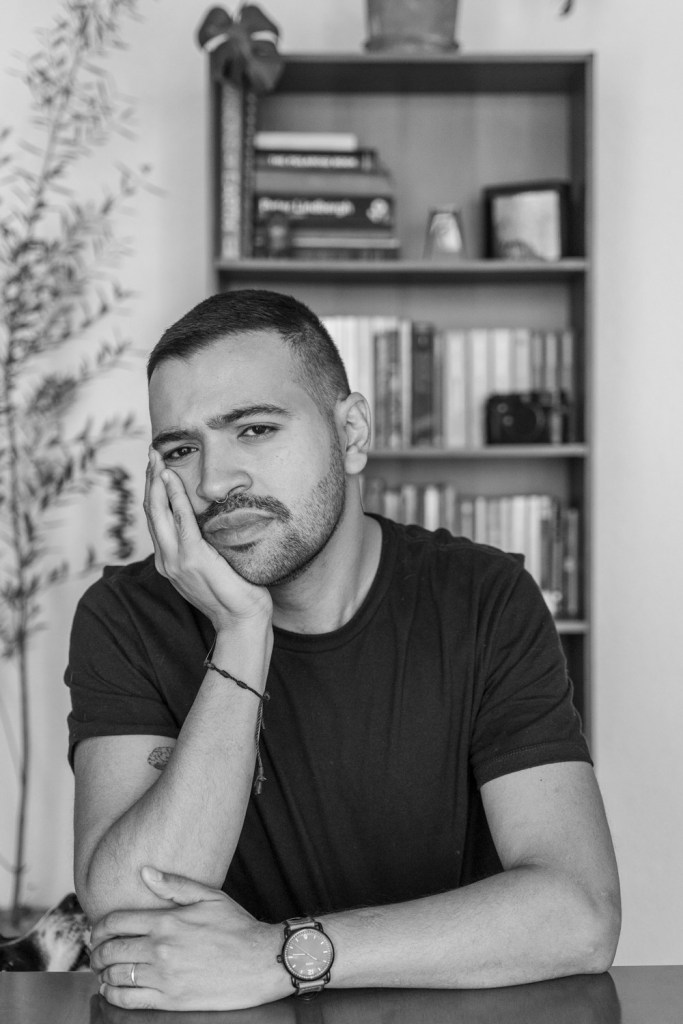
Jury member Karin Rehn-Kaufmann, Leica Galleries International’s Art Director, praised the work for ’highlighting the topics of division, migration and human dignity with vivid imagery,’ adding that Cegarra’s graduation from Newcomer to Main Category ’shows how photographic voices grow and are becoming more urgent than ever.’
While Cegarra’s project spans international borders, Serghei Duve turns inward to examine the intimate fault lines of family and identity. Born in Chișinău, Moldova, in 1999 and raised in Hanover, Germany, Duve grew up immersed in Russian culture at home while navigating a German education. His series Bright Memory explores his family’s enduring connection to Transnistria, a breakaway region of Moldova supported by Russia but unrecognised by the international community.
Bright memory
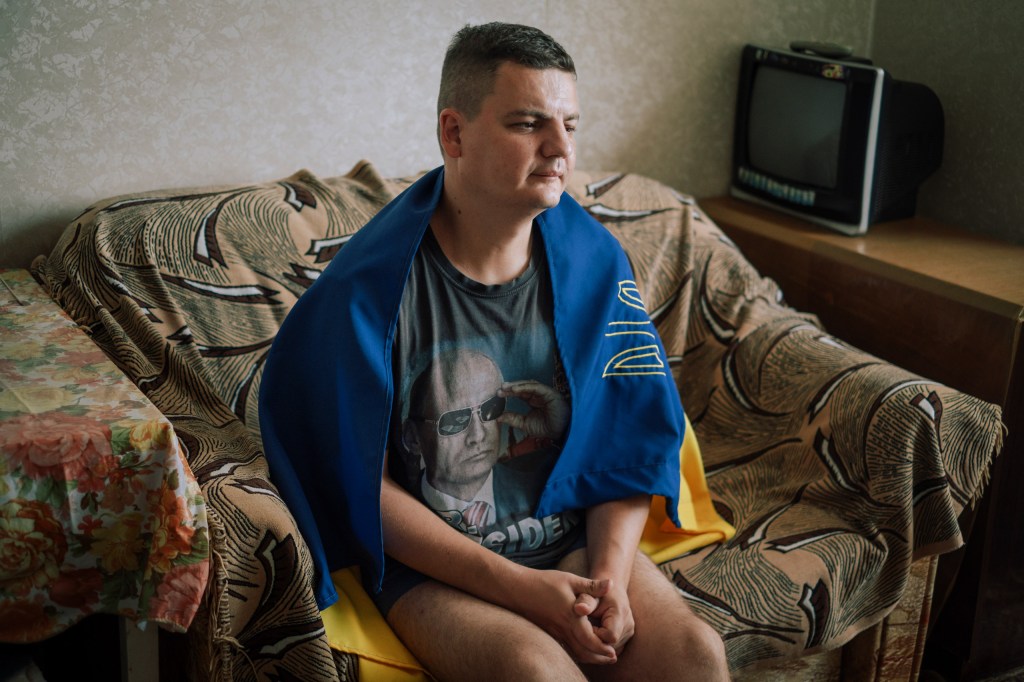
The title emerged from a moment of personal loss. In March 2023, Duve’s grandfather, Serghei Nikolaevich Duve, passed away and a cousin sent a condolence message containing the Russian phrase светлая память – Swetlaja Pamiat, or ‘bright memory.’ ‘At the beginning it wasn’t at all clear that this would turn into a project,’ Duve recalls. ‘I simply started taking photographs during our family trips to Tiraspol. About a year and a half ago, when my grandfather died and I received those words. I found them a very fitting title for the whole project.’
What began as a private diary slowly expanded into a larger meditation on nostalgia and division. ‘The idea is essentially that I tell stories through the personal but then open them up to larger themes,’ he explains. ‘As much as I enjoy being there, seeing my grandmother and remembering the beautiful holidays, I can’t view those visits detached from geopolitical developments. An ambivalence arises that I narrate, starting from the personal.’
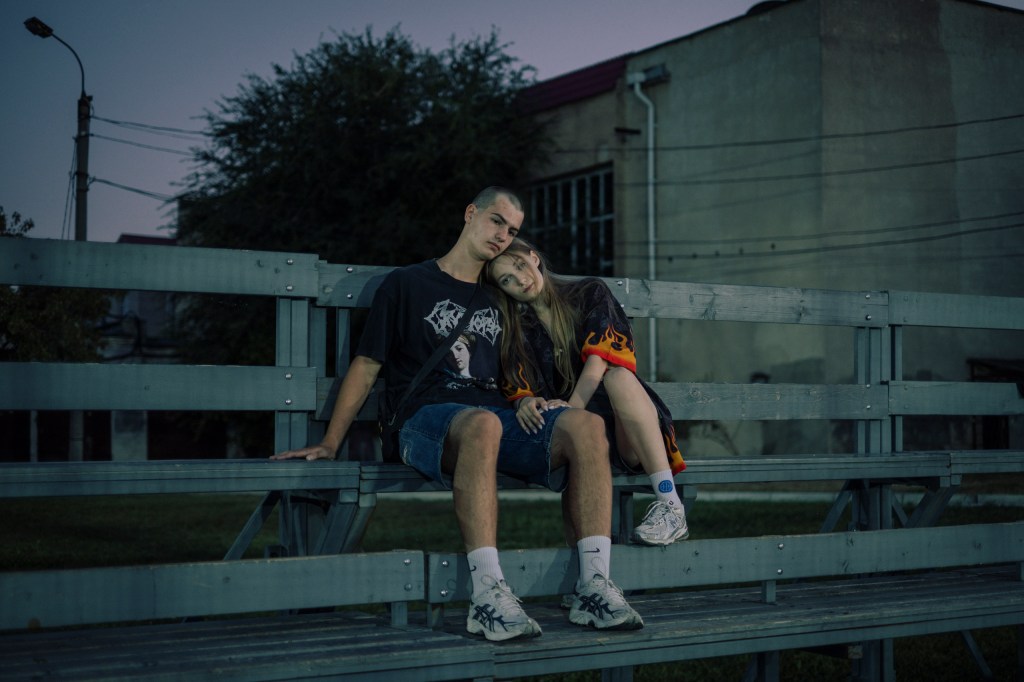
That ambivalence is expressed through colour and light rather than overt symbolism. ‘I don’t know if I would call it a strategy, but it’s the mood that felt right for this project,’ Duve says, noting that his studies in documentary photography and the influence of photographers he admires shaped the quiet lyricism of the pictures.
Russian tongue
Growing up in Germany while speaking Russian at home adds another layer of complexity. ‘When I am in Tiraspol, I am seen a bit as the German… even though I speak Russian fluently,’ he reflects. ‘My socialisation took place in Germany and my views are shaped accordingly. I think the project reflects that as well. It shows the ambivalence that arises when someone with my background regularly travels to Transnistria and conveys how that feels from my perspective.’
Photographing his own family demanded both intimacy and restraint. ‘There were definitely situations I would have liked to photograph because I felt they were interesting moments, but it felt too intrusive or simply wrong,’ he admits. ‘Sometimes I asked, and the people didn’t want to be photographed at that moment, which of course I respected. Fundamentally, though, I enjoy a great deal of trust from the people who appear in the images, which makes photographing possible and feels right for me.’
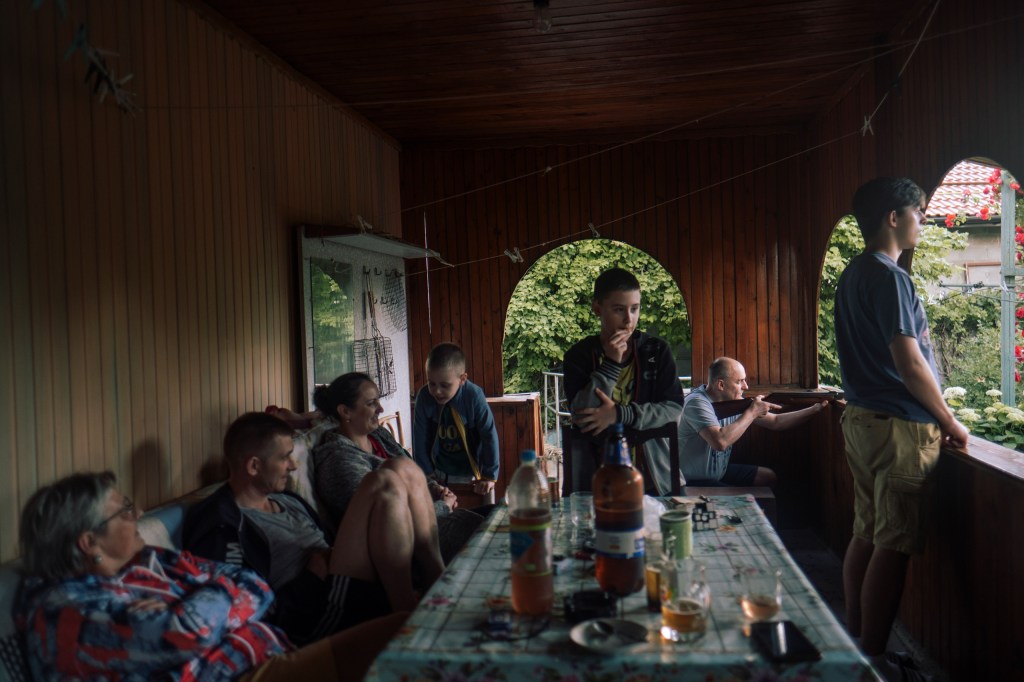
Although Bright Memory began as a deeply personal diary, Duve hopes it resonates more broadly. ‘It is definitely more of a personal diary, but also a statement that goes beyond the diary,’ he says. Recognition from the LOBA jury, which praised the diversity of stories this year, offers welcome reassurance. ‘In my studies there are always moments of uncertainty. I have had times where I wasn’t sure if my work would be appreciated. That now such a well-selected jury of experts considers it good also gives me reassurance.’
Unrecognised state
Looking ahead, Duve plans to continue photographing in Transnistria while exploring other subjects. ‘Up to now, I have only explored my father’s side of the family. To keep my mother from being upset, I suppose I should look at her side too. At the same time, I don’t want to restrict myself only to personal topics. I really enjoy photographing, and I’m interested in a wide variety of subjects beyond identity.’
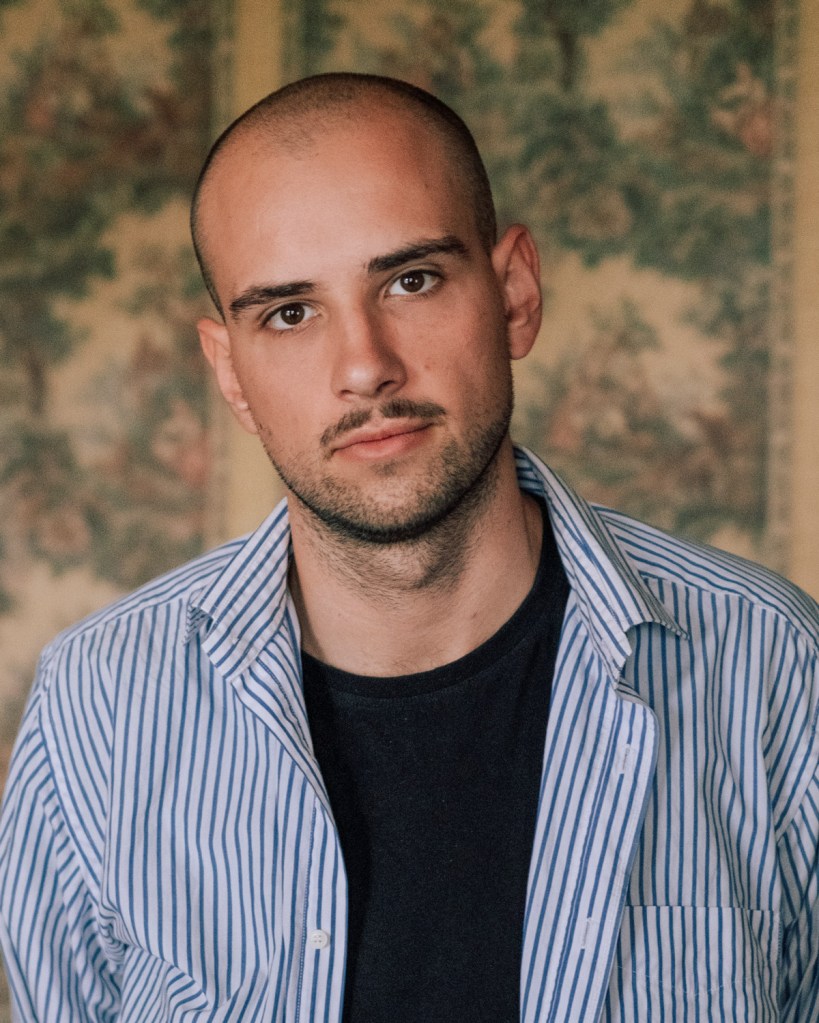
A century of Leica
The 2025 LOBA awards arrive during a landmark year for Leica. The company is celebrating the 100th anniversary of the Leica I, the first mass-produced 35mm camera, whose portability helped birth modern photojournalism.
Cegarra’s work reminds us that even in an age of instant images and fleeting attention, the documentary photograph remains a potent witness, one that can bridge not only borders but also the emotional distance between strangers.
For more information about Leica visit www.leica-camera.com or follow the company on social media Facebook | Instagram | LinkedIn

